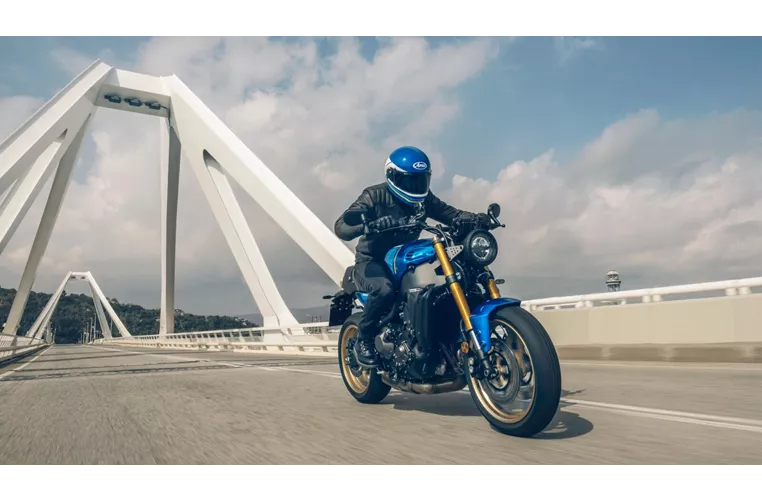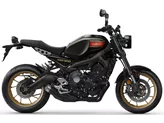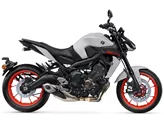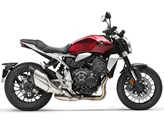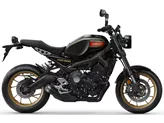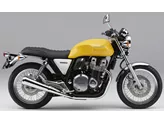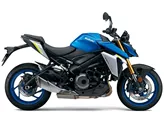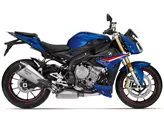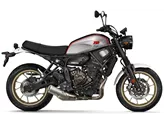Honda CB 1000 R 2018 vs. Yamaha XSR900 2022

Honda CB 1000 R 2018
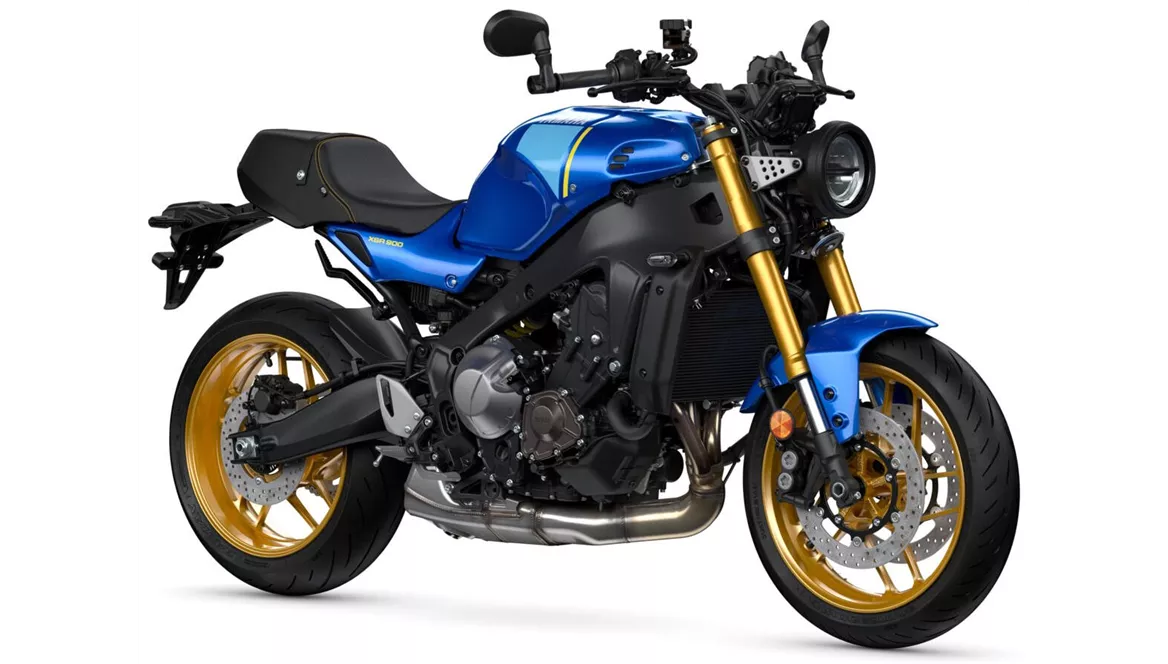
Yamaha XSR900 2022
Overview - Honda CB 1000 R 2018 vs Yamaha XSR900 2022
The Honda CB 1000 R 2018 and the Yamaha XSR900 2022 are both popular naked bikes that offer a thrilling riding experience. While they have some similarities in terms of engine type, suspension, and braking system, there are also notable differences in their specifications and features.
Starting with the engine, the Honda CB 1000 R 2018 is equipped with a powerful in-line 4-cylinder engine that delivers 145 horsepower and 104 Nm of torque. On the other hand, the Yamaha XSR900 2022 features a slightly less powerful in-line 3-cylinder engine with 119 horsepower and 93 Nm of torque. Both bikes have liquid cooling systems to ensure optimal engine performance.
In terms of suspension, both bikes come with upside-down telescopic forks at the front. However, the Honda CB 1000 R 2018 is equipped with Showa suspension components, while the Yamaha XSR900 2022 features Kayaba suspension components. At the rear, both bikes have a monoshock setup, with the Honda CB 1000 R 2018 using a single swing arm and the Yamaha XSR900 2022 using a swing arm.

Honda CB 1000 R 2018
When it comes to the chassis, the Honda CB 1000 R 2018 has a steel frame with a backbone design, providing stability and rigidity. On the other hand, the Yamaha XSR900 2022 features an aluminum frame with a twin tube design, offering a balance between strength and lightweight construction.
In terms of braking, both bikes are equipped with double disk brakes at the front. The Honda CB 1000 R 2018 has larger brake disks with a diameter of 310 mm, while the Yamaha XSR900 2022 has slightly smaller brake disks with a diameter of 298 mm.
Both bikes come with advanced rider assistance systems such as ABS, riding modes, and traction control. However, the Yamaha XSR900 2022 offers additional features like cornering ABS, a shift assistant with blipper, cruise control, and ride-by-wire technology. These additional features enhance the overall riding experience and provide more convenience and control.
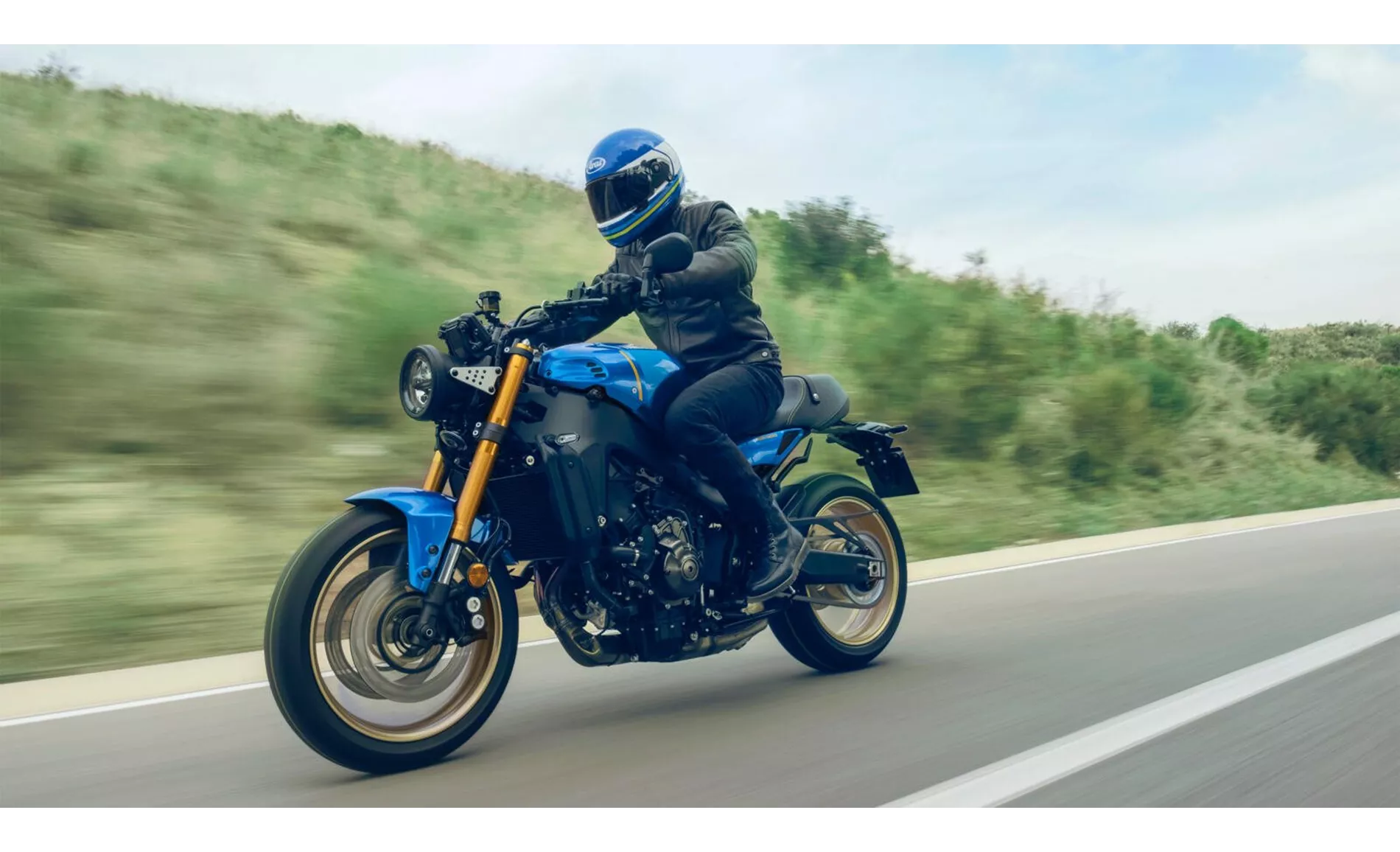
Yamaha XSR900 2022
In terms of dimensions and weights, the Yamaha XSR900 2022 has a slightly longer wheelbase of 1495 mm compared to the Honda CB 1000 R 2018's 1455 mm. The seat height of the Yamaha XSR900 2022 is also slightly lower at 810 mm, while the Honda CB 1000 R 2018 has a seat height of 830 mm. The Yamaha XSR900 2022 is also lighter with a kerb weight of 193 kg, compared to the Honda CB 1000 R 2018's 212 kg.
In terms of weaknesses, the Honda CB 1000 R 2018 has a display that may not be perfectly readable in direct sunlight. Additionally, tall riders may experience space problems with their knees at the tank and should try it out before making a purchase. On the other hand, the Yamaha XSR900 2022 has a hard seat and a lower steering angle, which may affect comfort and maneuverability for some riders.
In conclusion, both the Honda CB 1000 R 2018 and the Yamaha XSR900 2022 are impressive naked bikes with their own strengths and weaknesses. The Honda CB 1000 R 2018 offers fabulous response, comfort, and precise handling, while the Yamaha XSR900 2022 boasts a powerful engine, advanced electronics, and value for money. Ultimately, the choice between these two bikes will depend on the rider's preferences and priorities.
Technical Specifications Honda CB 1000 R 2018 compared to Yamaha XSR900 2022
Pros and Cons in comparison
Pros and Cons in comparison
Honda CB 1000 R 2018

Honda calls the model series "Neo Sports Cafe", and the CB 1000 R lives up to the fresh name. The style is new, different and not only visually but also haptically very successful. The "sport" is not neglected in the new model either. The engine has a wonderful torque curve and accelerates the machine with fine control and vehemence at the same time. All this comes in the "+" version with good equipment and technical precision made in Japan in the form of a great riding machine in the showrooms. A great motorbike!
Yamaha XSR900 2022
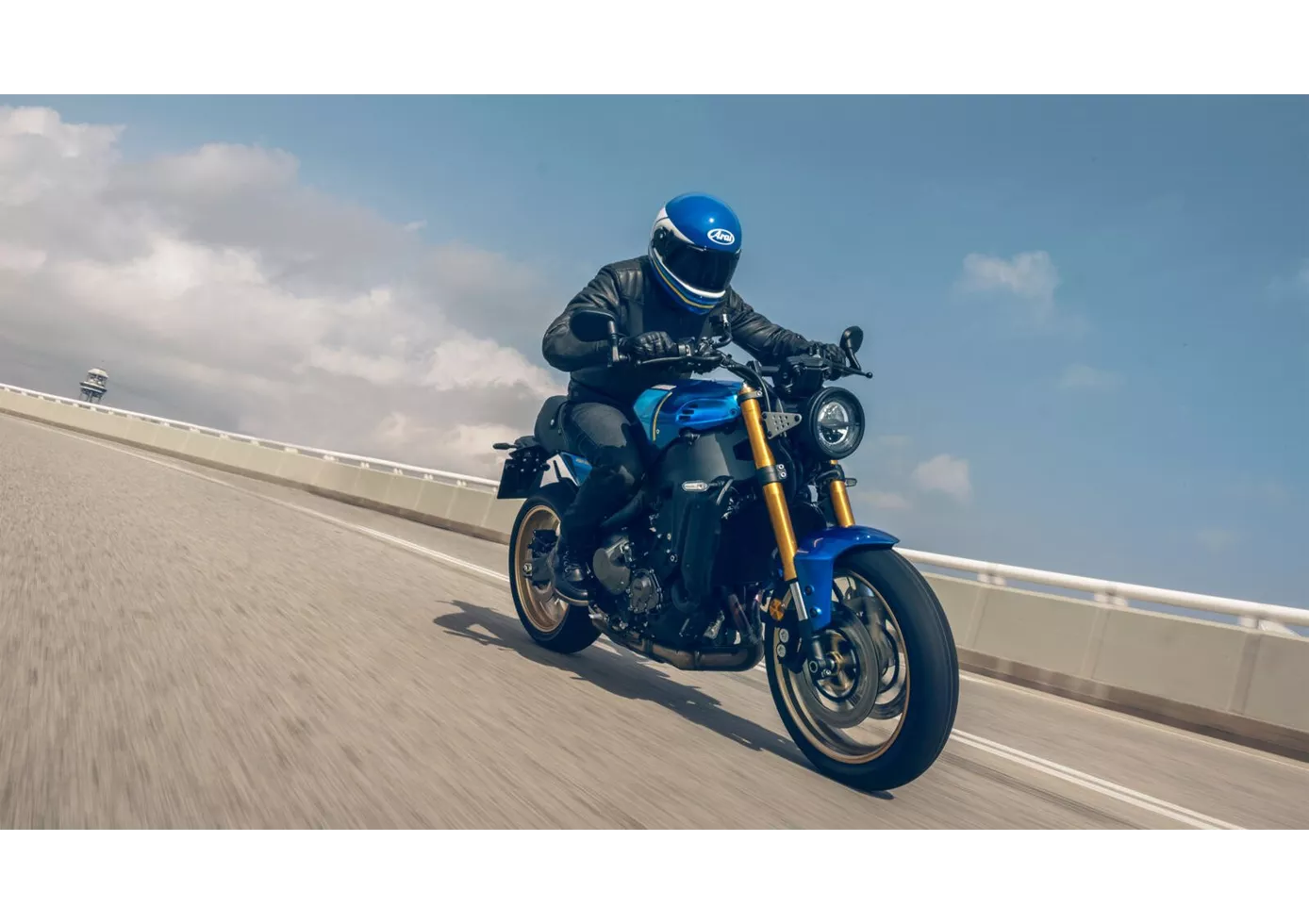
The XSR900 in no way wants to hide the fact that it uses the MT-09 as its basis. With a full electronics package, powerful three-cylinder and sporty chassis components, you can be incredibly sporty on this retro bike. Hopefully you'll just find a more comfortable seat in the accessories soon - because it's going to take a lot of stops on the standard seat.
Price Comparison Avarage Market Price Honda CB 1000 R vs Yamaha XSR900
There are a few key differences between a Honda CB 1000 R 2018 and a Yamaha XSR900 2022. In terms of price, the actual average price of a Yamaha XSR900 2022 is about 6% higher. Compared to Yamaha XSR900 2022 there are less Honda CB 1000 R 2018 bikes available on the 1000PS.de Marketplace, specifically 16 compared to 59. It takes less time to sell a Yamaha XSR900 with 97 days compared to 113 days for the Honda CB 1000 R. Since model year 2008 1000PS.de editors have written 42 reviews for the Honda CB 1000 R and 30 reviews for the Yamaha XSR900 since model year 2016. The first review for the Honda CB 1000 R was published on 06/11/2007 and now has more than 10,400 views. This compares to more than 17,600 views for the first review on Yamaha XSR900 published on 25/11/2015.

